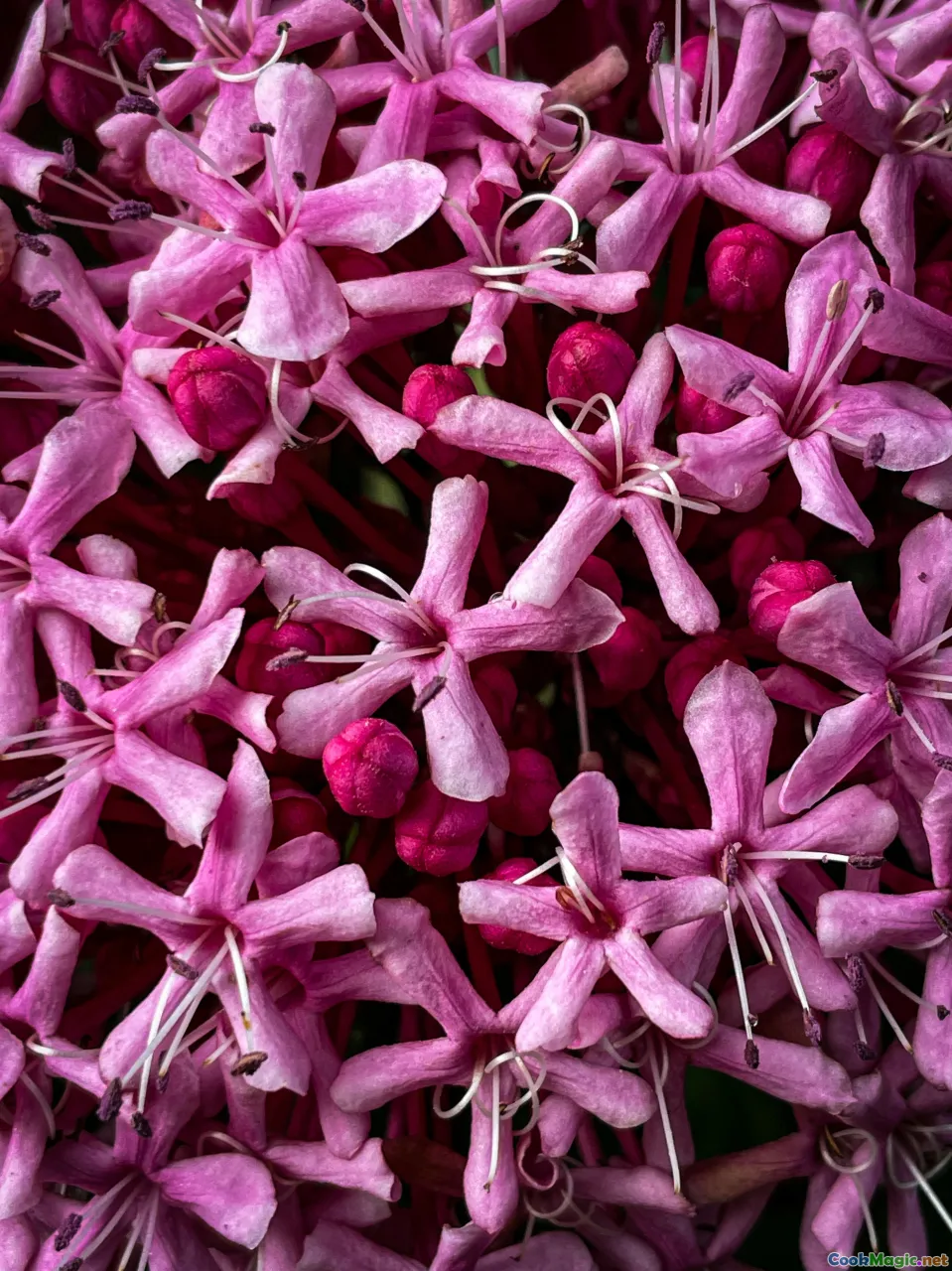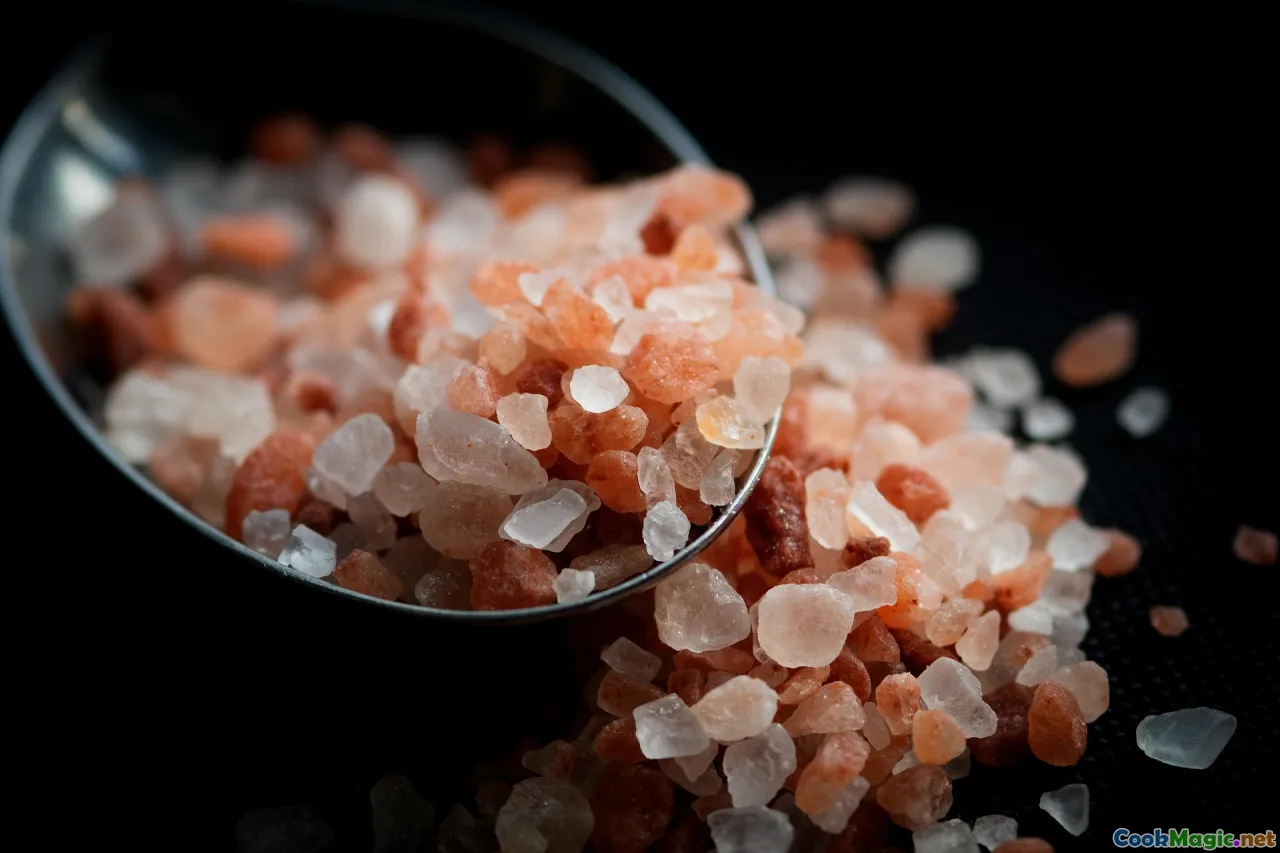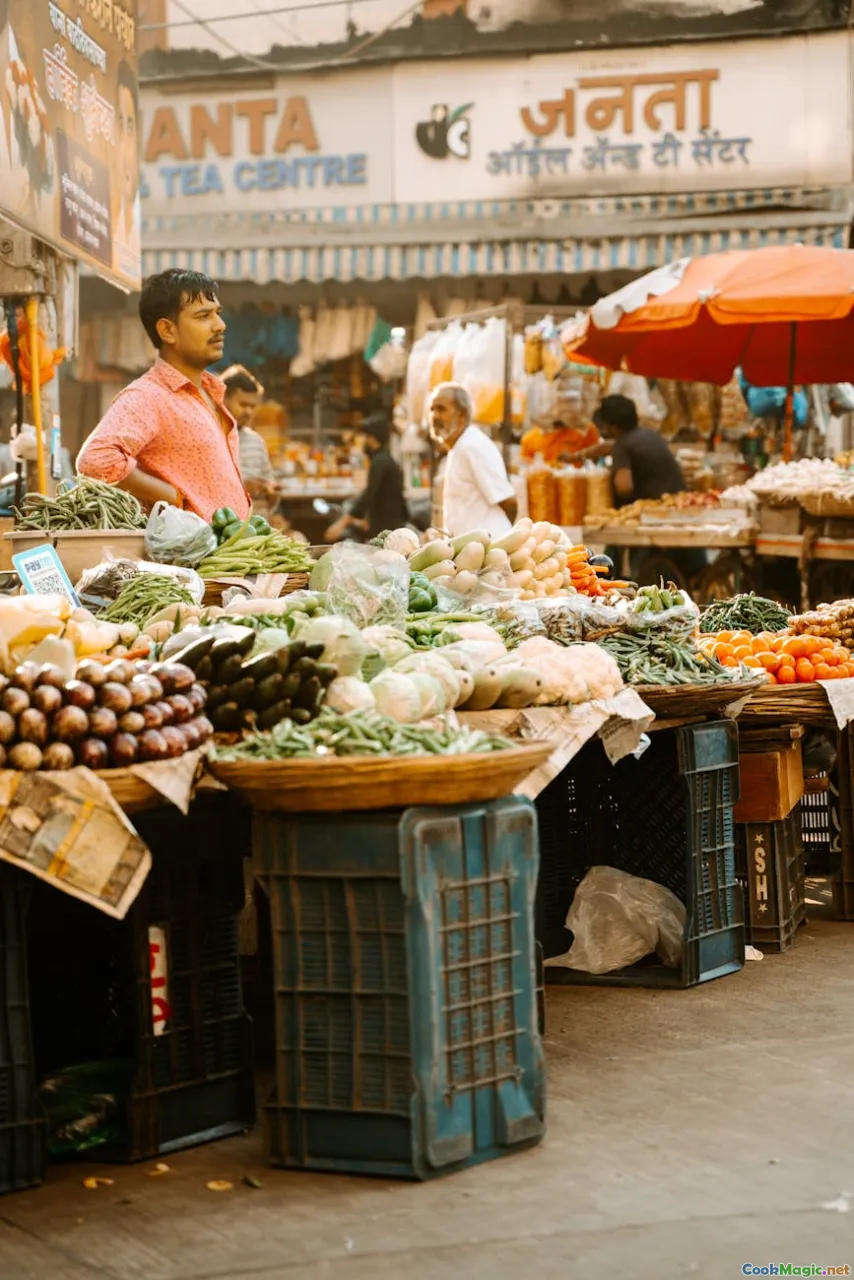Sourcing Unique Spices from New Caledonian Markets
11 min read Discover how to find and incorporate rare spices from New Caledonian markets to elevate your culinary creations. September 06, 2025 21:05
Sourcing Unique Spices from New Caledonian Markets
Nestled in the vast expanse of the South Pacific, New Caledonia is a jewel of turquoise waters, lush greenery, and a rich tapestry of Melanesian, French, and Polynesian influences. Beyond its breathtaking visuals, this archipelago harbors a treasure trove of spices and flavorings that can elevate your culinary creations to vibrant, tantalizing heights. For the adventurous chef or passionate home cook, venturing into New Caledonian markets can be an immersive experience—discovering rare ingredients steeped in history, culture, and tradition.
Imagine wandering through bustling stalls, the air thick with the heady aroma of spices, roasted nuts, and exotic fruits. Your senses awake with the promise of authentic tastes that embody the soul of Kanak cuisine and French colonial legacy. This journey into sourcing these unique spices is not merely about procurement — it's about connecting with a culture that has preserved its culinary heritage through generations.
Exploring New Caledonian Markets: A Voyage of Discovery

Nestled in the heart of Nouméa or across island villages, local markets are vibrant hubs pulsating with life. Here, vendors display an array of spices, herbs, and seasonings—each with a story that traces back centuries. As you weave through the crowded aisles, your nose is perpetually caressed by the warm, spicy scent of native seasonings mingling with the salty tang of the sea breeze.
The markets are more than just a place to shop; they are living museums of tradition. Local artisans and farmers hand down knowledge and techniques, keeping ancient spice blends alive. The bustling Marché de Nouméa, for example, offers a sensory overload of ingredients like tāmoke (Hibiscus leaves), native peppercorns, and an assortment of dried roots. It’s a place where history, environment, and community converge in every fragrant jar.
The Indigenous Spices: Hidden Gems of New Caledonia

New Caledonia’s unique spices are rooted in its indigenous Kanak culture, rich with native herbs and flavorings that are rarely found elsewhere. One standout is tāmoke, Hibiscus sabdariffa leaves, which are used to add a subtle tartness to local dishes or brewed into herbal teas that are both soothing and healthful. Their deep crimson color and floral aroma evoke the island’s lush flora.
Another indigenous treasure is the povi seed, a small, aromatic pod with a peppery bite. When ground, it offers a pungent, spicy kick perfect for seasoning grilled seafood or meats in traditional dishes like bougna—a volcanic-earth oven dish cooked with taro, yams, seafood, and native seasonings.
Native peppercorns, sometimes called pepper à la Pierre, differ from the black pepper familiar to Western kitchens. They have an intense, complex flavor profile with hints of citrus and earth, crucial for authentic Kanak dishes that balance heat with aromatic nuances.
Sourcing and Identifying Authentic Spices: A Personal Approach

When sourcing spices in New Caledonia, authenticity is key. Look for vendors who have deep roots in the community and a passion for preserving tradition. Engage in conversations; ask about the origin of their spices and how they are processed.
A tip I learned from local vendors is to smell and inspect each spice carefully. Genuine native spices often carry a deep, complex aroma—sometimes earthy, floral, or citrusy—that cannot be mimicked by commercial blends. Dried herbs should be vibrant in color, not dusty or dull. If possible, ask for small samples to evaluate their flavor intensity.
In some villages, you’ll even find farmers selling directly from their fields, offering freshly harvested spices. These are invaluable for capturing the true essence of local ingredients.
Incorporating New Caledonian Spices into Your Kitchen

Once you've sourced your exotic spices, the next step is to embrace them in your cooking. For example, freshly ground native peppercorns can profoundly enhance a simple grilled fish or vegetable stir-fry, imparting an elusive flavor that elevates the dish.
Try experimenting with tāmoke leaves in marinades or herbal teas. Their floral notes paired with tropical fruits like mango or papaya can craft a refreshing, authentic flavor profile.
For those interested in traditional recipes, bougna is an excellent starting point. Incorporate local spices, native herbs, and seafood wrapped in plantain leaves, slow-cooked over volcanic stones. The result is a harmonious blend of smoky, savory, and spicy flavors that exemplify New Caledonian culinary artistry.
Comparing Local and Imported Spices: Why Authenticity Matters

While imported spices are tempting for their consistency and shelf life, they often lack the complex terroir-driven nuances of fresh, local products. In New Caledonia markets, you gain the advantage of freshness, seasonality, and a direct tie to indigenous cultivation.
For example, the difference between commercially bottled pimienta (pepper) and freshly ground Kanak peppercorns can be striking. The latter offers a more vibrant, complex aroma, revealing subtle citrus and earth notes that can’t be replicated through synthetic flavors.
Choosing authentic spices supports local communities and encourages the preservation of endearing culinary traditions, ensuring these flavors remain a vibrant part of New Caledonian culture.
Personal Stories: Connecting with the Land through Spices

My own journey into sourcing New Caledonian spices has been nothing short of transformative. I remember visiting a quiet village where an elderly vendor, encrusted with the dust of years, handed me a small pouch of tāmoke leaves with a knowing smile.
She recounted how her family had cultivated the Hibiscus for generations, harvesting and drying the leaves at dawn before the heat of the day settled in. That humble exchange instilled in me a deep appreciation for the ecosystems, traditions, and people behind each spice.
Cooking with these ingredients has allowed me to re-create authentic dishes like kava-infused seafood stews and native herb-seasoned roast meats, creating sensory memories that connect me intimately with Kanak culture.
Practical Tips for Sourcing and Preserving Unique Spices
- Visit Local Markets Frequently: The best spices are often sold fresh at peak season. Regular visits help you develop relationships with sellers and learn about harvest times.
- Learn Local Vocabulary: Terms like tāmoke, povi, and pimienta will help you ask accurate questions about authenticity and origin.
- Bring Your Own Containers: To ensure freshness, carry small glass jars or bags for collecting spices directly from vendors.
- Store Properly: Keep your spices in airtight containers, away from sunlight and humidity, to preserve their flavor and potency.
- Experiment Mindfully: Incorporate newfound spices gradually into your dishes, tasting as you go, to understand their unique qualities.
Final Reflections: A Culinary Bridge Between Cultures
Exploring New Caledonian markets and sourcing their indigenous spices isn’t merely an act of culinary curiosity—it’s a way to forge a deeper bond with the land, its history, and its people. Every jar of tāmoke, dash of native peppercorns, or dried root carries the spirit of the islands and the stories of generations.
Bringing these flavors into your kitchen allows you to craft dishes imbued with authenticity and soul. Whether it’s a simple seafood ceviche dusted with freshly ground local pepper or a complex bougna wrapped in leaves and slow-cooked to perfection, these spices are your passport to experiencing New Caledonia's rich, aromatic world.
So, embrace the adventure, trust your senses, and let the vibrant markets guide you on a journey—an edible voyage that celebrates the seamless fusion of tradition, community, and culinary discovery.









